Dear Stephen,
I’d like to find the North American equivalents to your core protocol herbs for lyme. I just found the sedge species listed by you, a neat addition for Northern midwest and Northeast states. Are there any alternatives to smilax and polygonum on the West coast? Is bistort okay to substitute for knotweed? I haven’t been able to find the andrographis genus in any plant books for North America—are there any alternatives other than Southeast Asian jungles?
Big questions I know, I just figure we as humans are going to need to deal with lyme and such buggers with local stuff some day, and andrographis is a Southeast Asian jungle vine. Since there is tons of lyme in California, there must be effective plant healers there. The ceonothus red root is the only one I know for sure out West, astragalus maybe. In the Southeast knotweed, smilax are everywhere, teasel is in the Midwest.
I have been eating plants for a long time, never needed them much to heal as straight medicinal friends until recently, and the price of herbs I can handle for now, but in the future I would like to be able find them close by. Thanks.
Stephen’s response:
Eleutherococcus has escaped and is becoming naturalized on the West coast, just not sure how far it has spread. I am not much up on invasives on the West coast but most of them are very strongly medicinal. You might try googling the California Invasive Plant Council for a list of West coast invasives and then doing Google searches on each of them. It takes time to do this kind of thing but the rewards are fruitful.
Ailanthus altissima (tree of heaven) for instance is very good for lung infections, alligator grass is a very good antiviral, and the acacias are very antifungal. To begin with I would look for invasives in your area then look at the medicinal actions of those to see if you can find a cross over for lyme treatment. Since alligator grass is very good for dengue fever, as is boneset, there might be immune stimulating crossovers for that plant and boneset. Euphorbia esula has many of the same effects as knotweed on multidrug resistance in bacteria; that is, it increases the impacts of pharmaceuticals when they are given with the herb. So, I would think that it it worth a look into whether or not it also possesses any of the other attributes of knotweed. (Teasel is listed as a moderate invasive in California, by the way).
Sorry to not be able to give a more in depth answer, the question is a great one, but the research on it is immense and more than I can do at this time.
Stephen
-
Stephen Harrod Buhner was an Earth poet and an award-winning author of twenty-four books on nature, indigenous cultures, the environment, and herbal medicine including the acclaimed book Healing Lyme: Natural Healing & Prevention of Lyme Borreliosis & Its Co-infections.
Stephen came from a long line of healers including Leroy Burney, Surgeon General of the United States under Eisenhower and Kennedy, and Elizabeth Lusterheide, a midwife and herbalist who worked in rural Indiana in the early nineteenth century. The greatest influence on his work, however, was his great-grandfather C.G. Harrod who primarily used botanical medicines, also in rural Indiana, when he began his work as a physician in 1911.
Stephen’s work has appeared or been profiled in publications throughout North America and Europe including Common Boundary, Apotheosis, Shaman’s Drum, The New York Times, CNN, and Good Morning America. Stephen lectured yearly throughout the United States on herbal medicine, the sacredness of plants, the intelligence of Nature, and the states of mind necessary for successful habitation of Earth.
He was a tireless advocate for the reincorporation of the exploratory artist, independent scholar, amateur naturalist, and citizen scientist in American society – especially as a counterweight to the influence of corporate science and technology.
View all posts





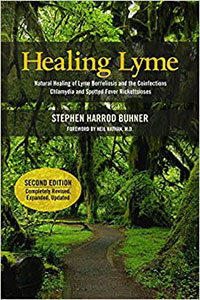
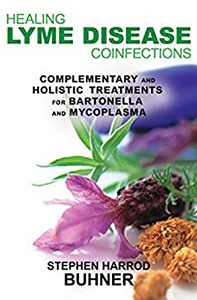
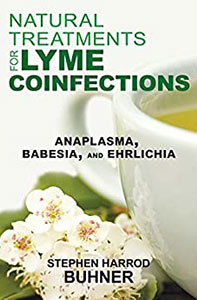
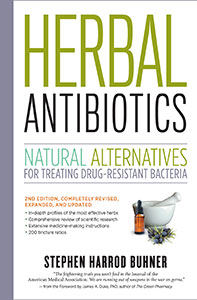
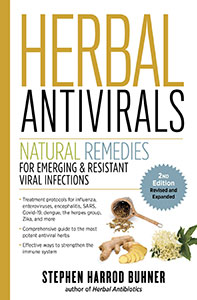



0 Comments